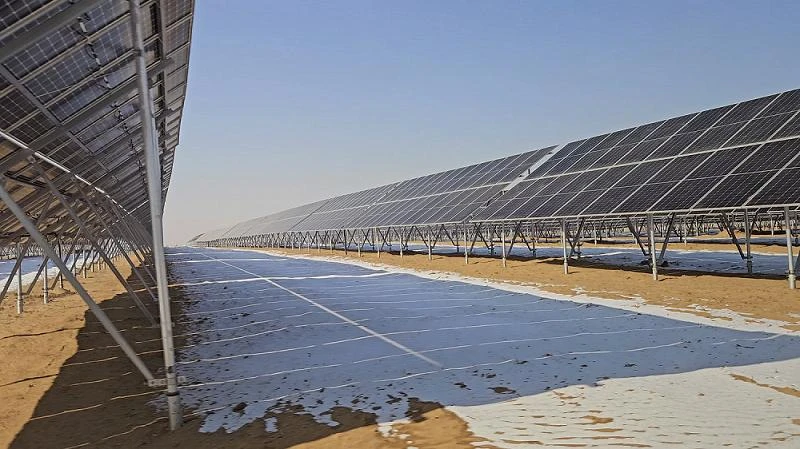off grid solar inverter design
The Essential Guide to Off-Grid Solar Inverter Design
As the world shifts towards sustainable energy solutions, off-grid solar systems have gained immense popularity among homeowners and businesses looking for independence from traditional power grids. A crucial component of these systems is the solar inverter, which converts the direct current (DC) generated by solar panels into alternating current (AC), making it usable for household appliances. This article will delve into the essential aspects of off-grid solar inverter design, exploring its components, types, and considerations necessary for an efficient and reliable system.
Understanding Off-Grid Solar Inverters
Unlike grid-tied solar inverters, off-grid inverters operate independently of any utility grid. They are designed to work with energy storage systems, such as batteries, ensuring a continuous power supply even during periods of insufficient sunlight. The inverter must manage several tasks, including energy conversion, battery charging, and power distribution.
Key Components of Off-Grid Solar Inverter Design
1. Inverter Type Off-grid inverters come in two primary types pure sine wave and modified sine wave inverters. Pure sine wave inverters produce a smooth, consistent waveform that closely resembles utility power, making them suitable for all types of appliances. Modified sine wave inverters, while cheaper, may not work properly with certain sensitive electronics. For a well-designed off-grid system, pure sine wave inverters are generally recommended, despite their higher cost.
2. Battery Compatibility The inverter must be compatible with the battery bank used in the off-grid system. Various battery technologies, such as lead-acid, lithium-ion, and saltwater batteries, require different charging and discharging profiles. Proper integration ensures that the inverter maintains battery health and maximizes energy storage efficiency.
3. Charge Controller The charge controller regulates the voltage and current coming from the solar panels to ensure the batteries are charged correctly. It prevents overcharging, which can damage the batteries and reduce their lifespan. There are two main types of charge controllers PWM (Pulse Width Modulation) and MPPT (Maximum Power Point Tracking). MPPT controllers are more efficient and recommended for off-grid systems since they optimize energy capture, especially under varying environmental conditions.
4. Safety Features Safety is paramount when designing off-grid solar inverters. Essential features include over-voltage protection, over-current protection, and thermal protection to prevent overheating. Additionally, surge protection devices can safeguard the inverter and connected appliances from voltage spikes.
off grid solar inverter design

5. Monitoring Systems Integrating monitoring systems into the inverter design allows users to track energy production, consumption, and battery levels in real-time. This data is invaluable for optimizing energy management and addressing any potential issues before they escalate.
Design Considerations
When designing an off-grid solar inverter, there are several critical considerations
- System Size Performing an energy audit is essential to determine the total energy demand of the household or facility. This will help in selecting an inverter with adequate capacity to handle the power loads during peak demand.
- Design Flexibility The inverter design should provide flexibility for future expansion. As energy demands grow, having a system that can easily integrate additional solar panels or battery storage can save time and money in the long run.
- Efficiency The efficiency of the inverter impacts the overall performance of the off-grid solar system. Look for inverters with high conversion efficiencies typically above 90%. This ensures that more of the solar energy captured is effectively utilized.
- Cost vs. Value While it can be tempting to choose the cheapest inverter option available, it is essential to consider the long-term value. Investing in a high-quality inverter can reduce maintenance costs, increase durability, and enhance overall system performance.
Conclusion
Designing an efficient and reliable off-grid solar inverter is a multifaceted process that goes beyond simply choosing the right components. By understanding the types of inverters, ensuring compatibility with other system components, and prioritizing safety and efficiency, users can create a sustainable energy solution that meets their needs. As technology advances and prices continue to fall, off-grid solar systems are becoming increasingly accessible, paving the way for a greener future powered by renewable energy.
-
String Solar Inverter: The High-Efficiency Solution for Smart Solar EnergyNewsJul.14,2025
-
Revolutionizing Rooftop Energy with the Power of the Micro Solar InverterNewsJul.14,2025
-
Power Independence with Smart Off Grid Solar Inverter SolutionsNewsJul.14,2025
-
On Grid Solar Inverter: Powering the Future with Smart Grid IntegrationNewsJul.14,2025
-
Monocrystalline Solar Panels: High-Efficiency Power for the Future of Clean EnergyNewsJul.14,2025
-
Bifacial Solar Panel: A Smarter Investment for Next-Generation Energy SystemsNewsJul.14,2025







